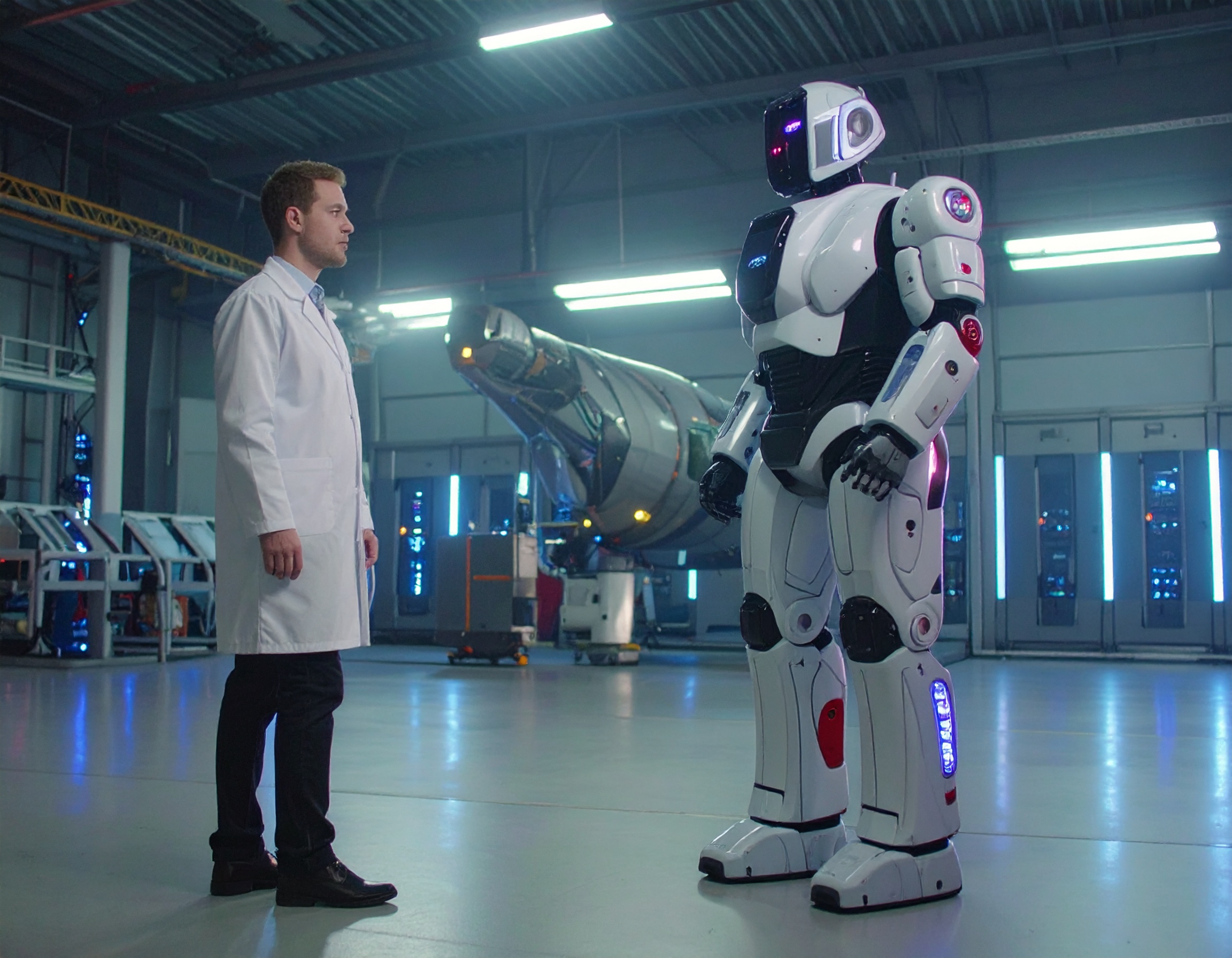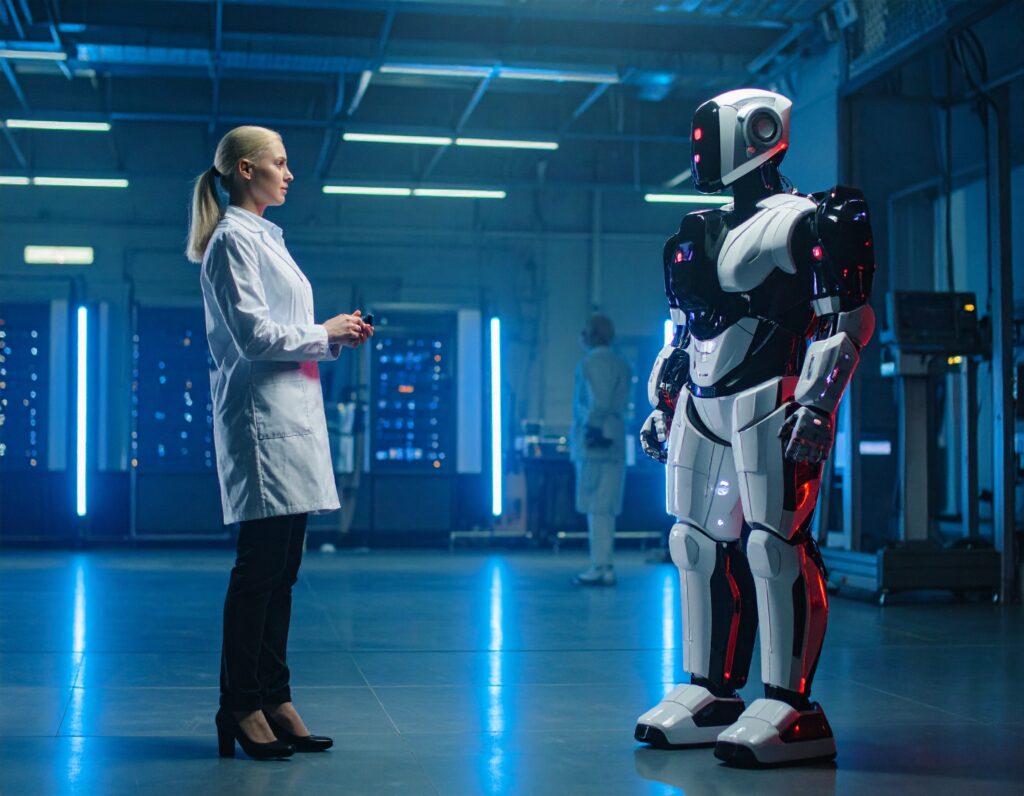4 months ago
3 minutes
Underground Pioneers: How Robots Are Exploring Lava Tunnels on Mars and the Moon

Robots Steering Us into Cosmic Depths
On August 15, 2025, an international research team unveiled cutting-edge robotic explorers designed to descend into the subsurface of Mars and the Moon . These Non-Human Workers, effectively our AI Employees, were tested inside a lava tunnel on Lanzarote, Spain—an analog for extraterrestrial underground environments .
Innovative Descent Strategy: From Surface Mapping to Cave Penetration
The mission unfolds in several coordinated stages:
- Two rovers collaborate to map the cave entrance’s surface.
- A small cubicle probe detaches and is lowered by a rover to generate a detailed 3D map of the entrance—this serves as the guide for descent .
- The true challenge begins when the smaller crawler detaches and autonomously descends 235 meters into uneven terrain, gathering three-dimensional data inside the lava tube .
This novel method—where one robot supports another during descent—embodies a new class of AI Employee, capable of independent and collaborative task execution in remote, harsh environments.

Why It Matters: Building the Future of Space Exploration
This achievement is far more than a field test—it’s a vital step toward:
- Identifying lava tunnels as natural shelters for future missions, offering protection from cosmic rays, solar radiation, and micrometeorite impacts .
- Enabling safer, more robust Non-Human Workers deployments in inhospitable environments.
- Mapping potential habitats that could double as scientific outposts—and perhaps as the foundation for human life.
- Laying the groundwork for Voice AI Agents or other robotic counterparts that might one day guide astronauts or operate autonomously within these underground vaults.
Linking the Threads: From Robotics to Cosmic Settlements
Together, these paragraphs weave a clear narrative:
- First, the introduction sets the scene—who, what, and when.
- Next, the innovative process reveals how these AI Employees operate in stages, building trust in their autonomy.
- Then, the implications illustrate why this matters—not only for exploration but for habitat and life protection.
- Finally, the larger context hints at the joint future of Non-Human Workers and Voice AI Agents as essential tools, guiding us safely into the cosmos.
Key Highlights:
- On August 15, 2025, researchers demonstrated robots capable of descending into lava tunnels—analogous to those on Mars and the Moon .
- Robots first mapped the surface, then a smaller rover descended 235 meters into the tunnel, autonomously collecting 3D terrain data .
- These tunnels offer natural radiation and meteoroid protection—potentially ideal for future scientific bases and habitats .
- The project showcases the rising role of AI Employees and Non-Human Workers in space exploration and highlights their potential synergy with Voice AI Agents to support human missions.
Reference:
Recent Posts
See all


